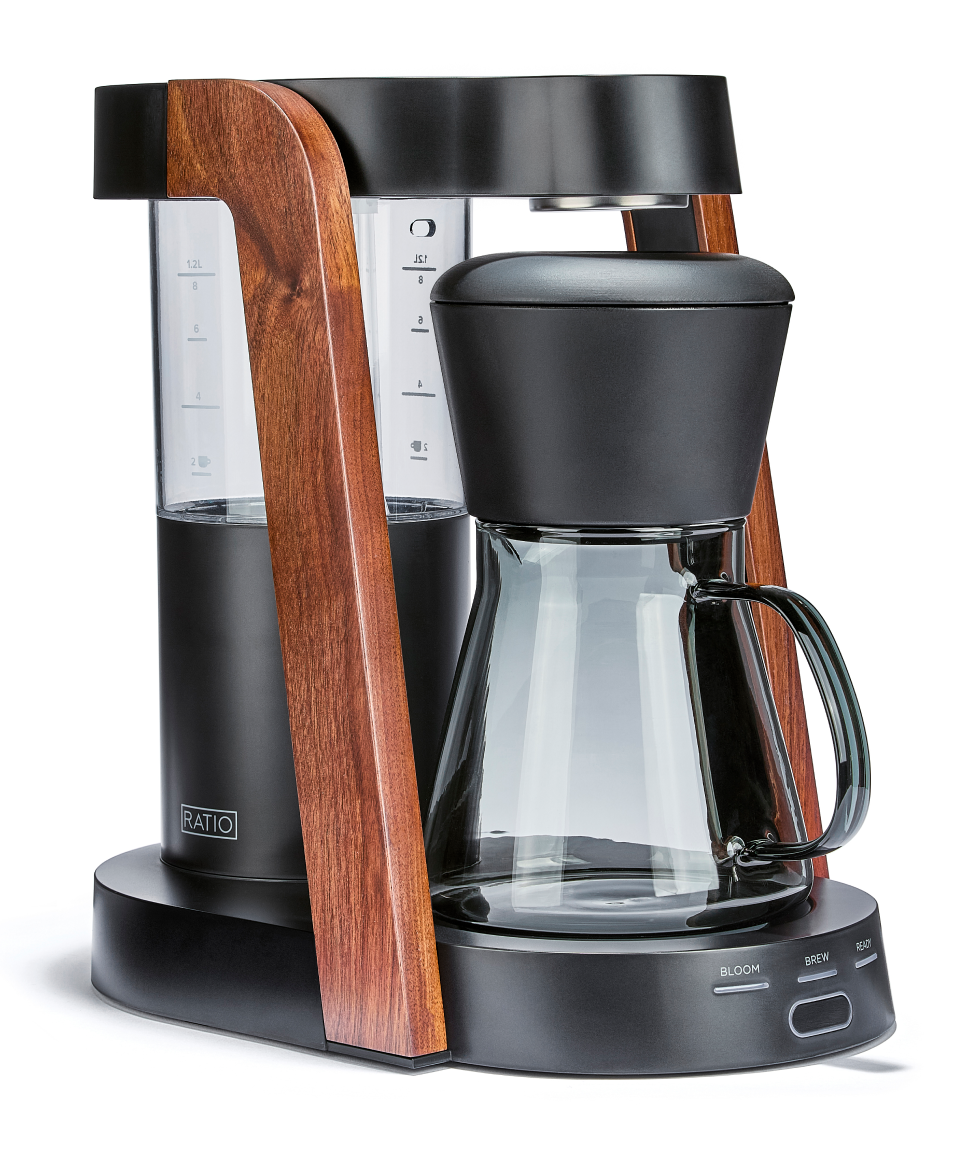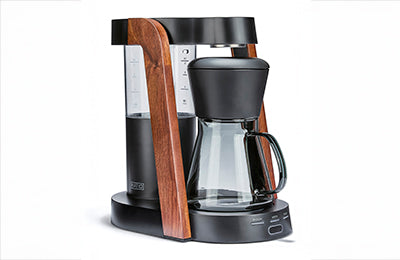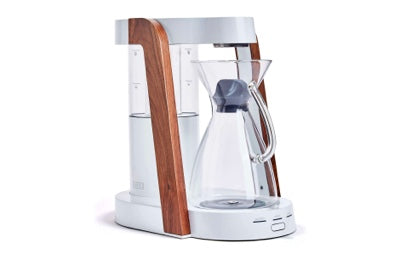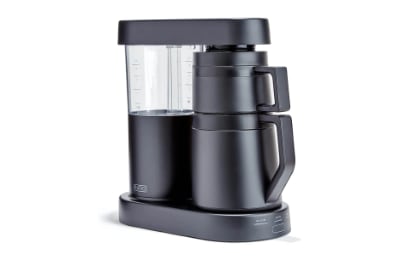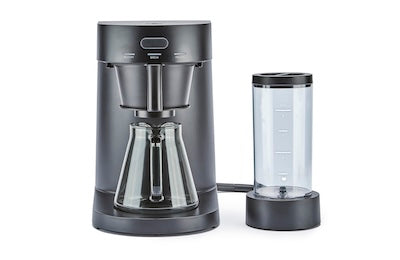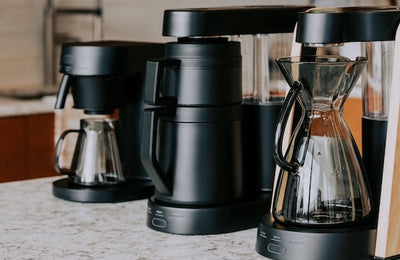The Wrong Mug Can Ruin a Great Cup (Really)
You carefully chose your beans. Dialed in the grind. Watched your pour with laser focus. Nailed the bloom. Everything about your brew was spot-on — until you poured it into a mug that instantly flattened the flavor, dulled the aroma, and killed the warmth.
It sounds dramatic, but it’s true: the wrong mug can undermine a great cup of coffee. And yet, it's one of the most overlooked parts of the brewing experience.
Here’s why your mug matters, and how to choose one that complements — not compromises — your perfect cup.
Why the Vessel Affects the Experience
Your mug isn’t just a container. It plays an active role in how you experience coffee, impacting:
-
Aroma: The shape and size of the mug determine how much aroma escapes
-
Flavor perception: Material and thickness influence how you taste
-
Heat retention: Some mugs lose heat quickly, muting flavor and enjoyment
-
Tactile experience: Weight, lip shape, and surface texture affect how you sip
You wouldn’t pour a fine wine into a red Solo cup. Great coffee deserves the same respect.
Heat Retention Is Critical
Temperature changes everything. Hotter temperatures emphasize brightness and aromatics; cooler temperatures bring out sweetness and body. But when your coffee cools too quickly — as it does in poorly designed mugs — you miss out on that full flavor arc.
Mugs That Lose Heat Quickly:
-
Thin-walled ceramic mugs
-
Wide-rimmed or shallow mugs
-
Glass mugs without insulation
Better Options for Heat:
-
Double-walled glass
-
Heavier ceramic with thicker walls
-
Stainless steel (with caveats)
To maintain flavor integrity, your mug should hold heat for at least 10–15 minutes.

Material Matters More Than You Think
Different materials interact with coffee in subtle ways:
-
Porcelain/Ceramic: Neutral in taste, retains heat well (if thick enough), ideal for daily use
-
Glass: Beautiful for presentation, but poor heat retention unless double-walled
-
Stainless Steel: Excellent insulation, but can slightly alter taste for sensitive palates
-
Enamel: Lightweight, nostalgic, but cools fast and can chip easily
-
Clay/Stoneware: Retains heat well and offers a textured feel — but may absorb aromas over time if unglazed
The material you choose should match your priorities: taste purity, heat, aesthetic, or weight.
Mug Shape Affects Aroma and Flavor
The design of a mug affects how aroma travels and how liquid flows over your tongue. This impacts both smell and taste — two senses that work together in how you perceive flavor.
-
Narrow top, rounded bottom: Concentrates aroma and creates smoother mouthfeel
-
Wide and open: Disperses aroma too quickly and cools faster
-
Tapered lip: Directs flow and improves sipping control
If you’ve ever wondered why café cupping bowls are so specific, this is why. Aroma concentration shapes the entire tasting experience.
Mug Color and Psychological Flavor
It might sound surprising, but color influences how you perceive taste:
-
White mugs: Can make coffee seem more bitter (due to visual contrast)
-
Blue mugs: Often perceived as sweeter or more balanced
-
Clear mugs: Focus attention on clarity and color, not taste
While this isn’t a make-or-break issue, it’s one more layer in how we experience coffee with our senses.
Practical Mug Tips for Better Coffee
-
Preheat your mug: Pour hot water into the mug before you brew to prevent a heat drop when coffee hits cold ceramic
-
Choose based on brew size: Match mug size to your typical brew to preserve ratio and temperature
-
Don’t use dishwasher residue mugs: Lingering soap film can mess with flavor
-
Test different mugs with the same brew: You’ll be surprised how much it changes the taste
When the Mug Completes the Ritual
Coffee is a ritual as much as it is a drink. The feel of a good mug in your hand — balanced, warm, inviting — completes the experience. It’s not just about heat or design. It’s about how you connect with what you’ve made.
Some mugs become part of your morning rhythm. Others feel wrong no matter how nice they look. Pay attention to that — it’s part of making coffee more intentional.
Designed for the Coffee Experience
If you're using a precision brewer like those from Ratio Coffee, your setup is already doing the heavy lifting — controlling timing, water flow, and temperature for a flawless extraction. But if you're pouring that brew into a cold, thin, or overly wide mug, you're sabotaging its work.
Pairing a well-made machine with a mug that supports temperature and aroma ensures that what ends up in your cup is as good as what the brewer intended.
Your Coffee Deserves a Better Mug
You’ve done everything right up to the last step — don’t let your mug be the weak link. The right vessel keeps your coffee hot, enhances aroma, and delivers flavor with clarity and intention.
Choose one that respects your brew. Because great coffee isn’t just about the beans or the brew — it’s about how you enjoy it from first pour to final sip.
Frequently Asked Questions
Does the shape of a coffee mug really affect taste?
Yes. Mug shape influences how aroma is delivered and how coffee flows across your tongue, both of which impact flavor perception.
What's the best material for a coffee mug?
For most people, thick ceramic or double-walled glass offers the best combination of heat retention, taste neutrality, and feel.
Should I preheat my mug?
Absolutely. A preheated mug helps preserve temperature and enhances the overall drinking experience.
Do stainless steel mugs change flavor?
Some people notice a slight metallic taste, especially with more acidic coffees. It depends on personal sensitivity.
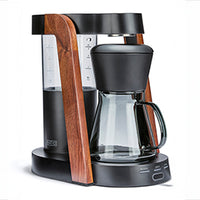 Ratio Eight S2
Ratio Eight S2
 Ratio Eight Original
Ratio Eight Original
 Ratio Six
Ratio Six
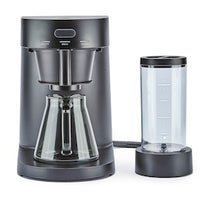 Ratio Four
Ratio Four
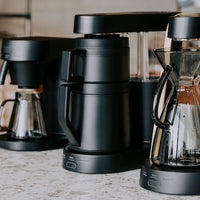 Compare Machines
Compare Machines
